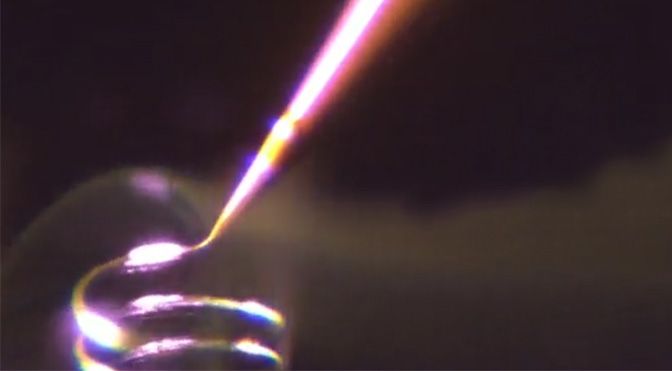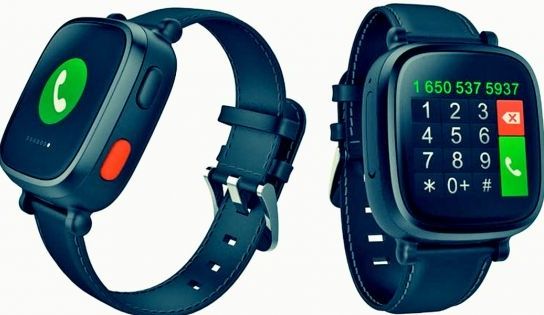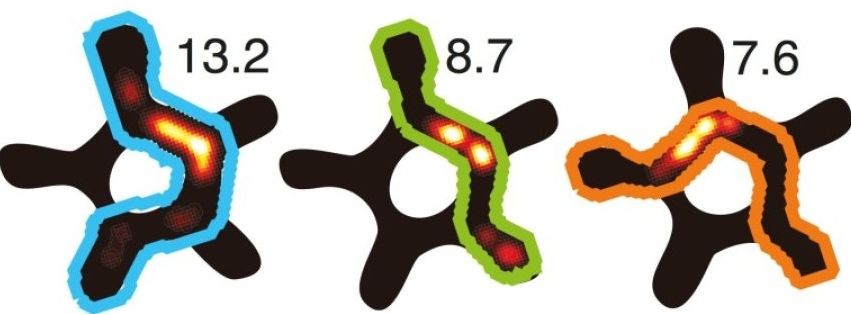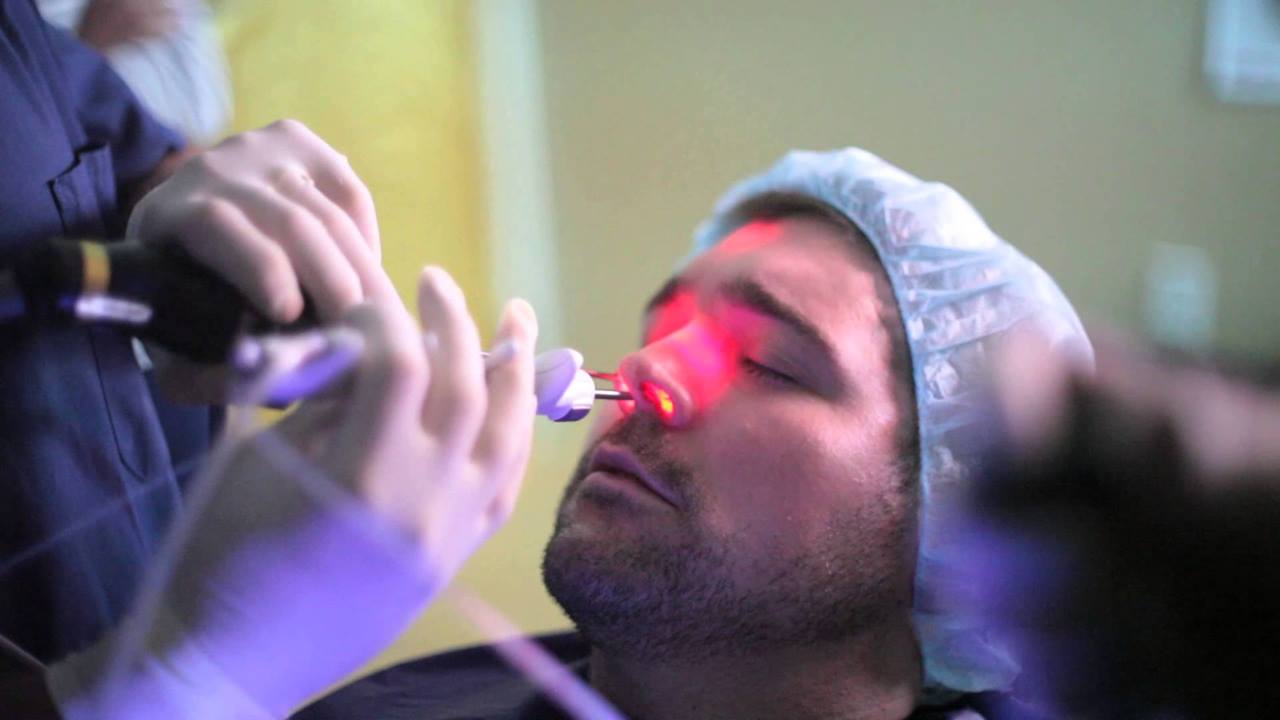Page 11152
May 23, 2016
New Evidence Could Overthrow the Standard View of Quantum Mechanics
Posted by Andreas Matt in category: quantum physics
An experiment claims to have invalidated a decades-old criticism against pilot-wave theory, an alternative formulation of quantum mechanics that avoids the most baffling features of the subatomic universe.
May 22, 2016
The Odds That We’re the Only Advanced Species in the Galaxy Are One in 60 Billion
Posted by Shailesh Prasad in categories: information science, space
May 22, 2016
Upgrading religion for the 21st century: Christianity is forcibly evolving to cope with science and progress
Posted by Zoltan Istvan in categories: science, transhumanism
My new story for Salon, which is about Christian Relativism and how it’s forcing religion to modernize to try to remain relevant. Lots of science and transhumanism in this article:
The impact of Christian relativism: To remain a dominant force, formal religion must bend and adapt.
May 22, 2016
This Smartwatch for Seniors Has GPS, WiFi, Cellular Connectivity, And an SOS Button
Posted by Shailesh Prasad in categories: internet, mobile phones
The new Wherecom S3, from Omate, has the ability to send the wearer’s GPS location to specific contacts in the event of an emergency.
A new smartwatch is promising something different: Keeping your grandparents safe. The new Wherecom S3, from Omate, was launched on Tuesday. It’s an Android-powered smartwatch with GPS, Wi-Fi, and 3G cellular connectivity, this means that the tech can function without a smartphone.
The watch has the ability to text, call, track paths through GPS, and remind individuals when it’s time to take medication. The S3 also has an emergency alert function in the form of a red SOS button on the side of the watch, which can be pressed in the event of an emergency to send the wearer’s GPS location to specific contacts.
Initial evidence is found that the brain has a ‘tuning knob’ that is actually influencing behavior. Brain circuits can tune into the frequency of other brain parts relevant at the time. The scientific magazine Neuron is publishing the results of researchers at Radboud University the Netherlands on January 22.
Animals (and humans alike) have a metal map of the surrounding environment, consisting of place cells. These cells correspond with places in the physical space and fire when the animal reaches the place or remembers it. The mental map is fed by two sorts of information: with memories from earlier experiences, and with sensory information. But how does the mental map upload this information?
Direct measurements in the brain of mice, looking for their way in a maze, show that memory information is sent with another frequency to the mental map than sensory information is. The brain area representing the mental map synchronizes with these frequencies like a radio receiver: it is only tuning into the information that is important at a given time, an international team of researchers led by Francesco Battaglia from the Donders Institute for Brain, Cognition and Behaviour at Radboud University Nijmegen show. This research sheds light on the intriguing question how brain parts choose relevant information from the constant scattering of neurons going on in the brain.
May 22, 2016
Balloon Sinuplasty for Sinus Infection
Posted by Shailesh Prasad in category: biotech/medical
May 22, 2016
Lasers and nanoparticles combine to allow metallic 3D printing in midair
Posted by Shailesh Prasad in categories: 3D printing, biotech/medical, electronics

A new method of 3D printing could allow for custom printing of metal components for electronics, medical devices, and more.
















